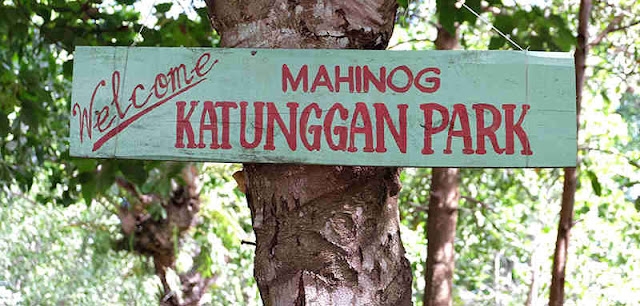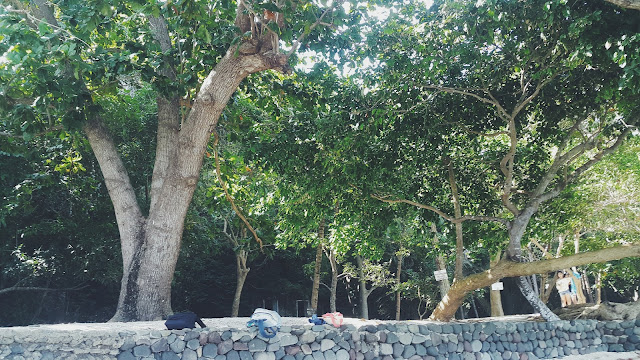,
Virgin Island is one of the several islands included in Bohol Government’s jurisdiction. It is located 15-20 minutes away from Panglao Island in the Philippines. This is known to local as the Virgin Island because nobody lives here and the place is not always visited by tourists even though it’s opened to the public a long time ago. Virgin Island is one of the many islands in the Philippines where a big area of the beach sink during high tide and only the palm trees in the middle of the island are visible.
Known to many locals as the “hidden oasis”, Virgin Island is clearly an attraction due to its long stretch of white sand beach during low tide which spans around 1 hectare. The problem during shallow waters is that some motorized outrigger boats can’t dock in the island because a lot of sea plants surrounding the area near the docking station will stick to the propeller causing it to malfunction. There’s no other docking station except for this single area of the island because most of the parts have very shallow water even during high tide which can cause the outrigger boats to get caught on the underwater rocks or sands.
Some locals using their paddles to propel their outrigger boats usually sells pearls and shells that have edible meat. In Virgin Island, one can see different kinds of sea creatures from a variety of fishes, sea urchins or “swaki”, shells, star fish and a lot more. Sometimes Boholanos also sells edible “swaki” which is called as the “fear factor” food because many people haven’t tried it. It is usually found in high end Japanese restaurants and dipped in a soy sauce or wasabi to make it taste even better.
Going to Virgin Island is easy. If you’re in Tagbilaran City, you can take a jeepney going to Panglao or tell a “habal-habal” (motorcycle for hire) to take you to Panglao Beach. Be sure to negotiate the fare first because some drivers offer high rates especially to foreigners. Once in Panglao, you can approach any outrigger boat available in the island and negotiate to bring you and your friends to Virgin Island. The payment for the whole ride is at P400-P1000 or you can negotiate for an even better price if you’re not many in the group.
Relax and enjoy at Virgin Island! Even though it’s not that quite amazing (for some) compared to the other tourist attractions in Panglao such as the Bee Farm, Shell Museum or Hinagdanan Cave, experiencing the white sand of the island and its shallow waters can definitely take the stress out of your system.
0
comments













































